Connie Van Dyke’s Tabor Tilth Farm is practically a permaculture institution. She began teaching permaculture back before anyone really knew what it was including her. As a gardening teacher in the early nineties, she was asked to teach it at a local community college. “The best way to learn something is to teach it” she says, and it’s led to a “fun journey”. As a life-long gardener, and an environmentalist as she learned permaculture, her yard got radical. She says gardening traditionally relies on chemicals. With permaculture her garden is chemical free. She makes her own compost, so she doesn’t need fertilizer. She manages pests organically and grows 60 to 70% of what she eats. She raises meat rabbits for protein and bartering and she now spends less than $75 a month on additional groceries.
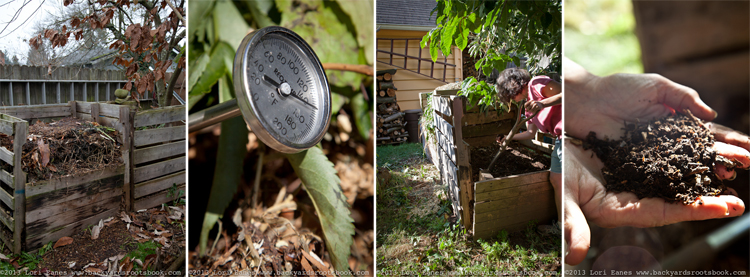
Connie’s double sided compost bin is made from re-purposed pallets screwed together. She uses a compost thermometer to check progress (temperature needs to reach 150 F to kill pathogens) and she composts for a full year.
“One of the first principles of permaculture is to take care of the earth,” she says. “If I could teach people to do one thing, it would be to build the soil”. She has a large double compost bin in her yard. She composts all yard waste, vegetable trimmings and even human waste. She says adding humanure is a political act that is her way of saying she won’t pollute drinking water. It’s easy to do, she says, you just use a bucket within a bucket that she fills with woodchips. The top bucket is has a toilet seat attached. To make sure there are no pathogens she composts for a full year checking the temperature periodically to be sure the heat gets up to at least 150 degrees. She doesn’t turn the compost, she says she lets nature do the work. With permaculture waste is a resource, everything she composts goes back in the soil.
Van Dyke’s south Portland lot is only 1/5 of an acre but it’s planted intensely. A messy, eclectic garden, it’s packed with life. It has over 50 small fruit and nut trees including several varieties of apples that ripen at different times so she can harvest them from July to February, as well as pears, plums, mulberries and paw-paws, one of the only native North American fruit trees. Planting the trees in the optimal place is important, especially when you don’t have a lot of space. She grows walnut trees along the sidewalk. They’re perfect there because they are allopathic. They put out chemicals that prevent other plants from growing under them. She says fruit trees only last around seven years in Portland because fungus is such a problem and she won’t use fungicides. She is constantly phasing out older trees and planting younger. She transitions trees gradually, planting new ones near the old ones, pruning the older ones back while the newer one grows.
With permaculture, the design is key. Taking in consideration the existing conditions, the functions, the activities and the natural eco system, Van Dyke has optimized her yard. Her winter vegetables are in the front facing facing east where they get the most sun. She has six raised beds in the back. She mixes flowers and vegetables throughout the yard to encourage pollinators. Along her south wall she’s built a passive solar greenhouse that stays cool in the summer and helps warm her house in the winter. She uses it to dry seeds and start seedlings. You can learn more about Connie’s Tabor Tilth backyard farm here.
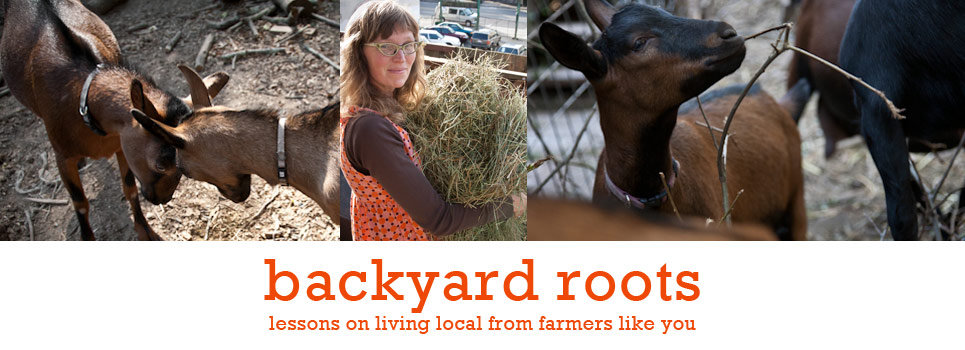
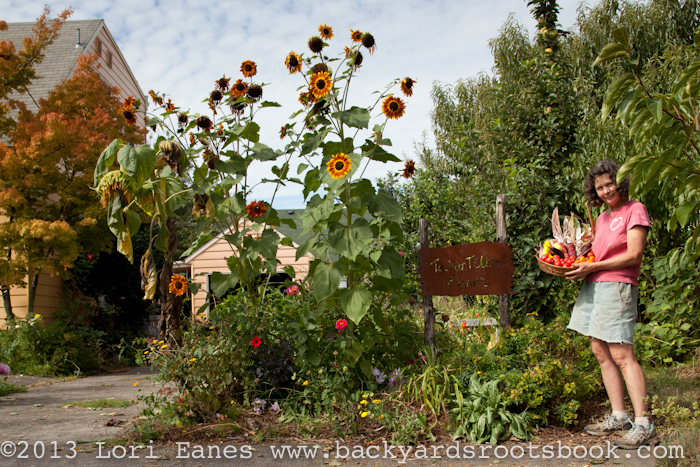
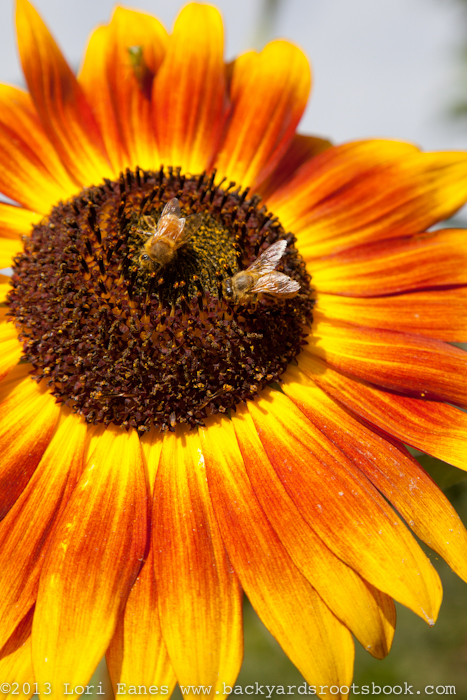
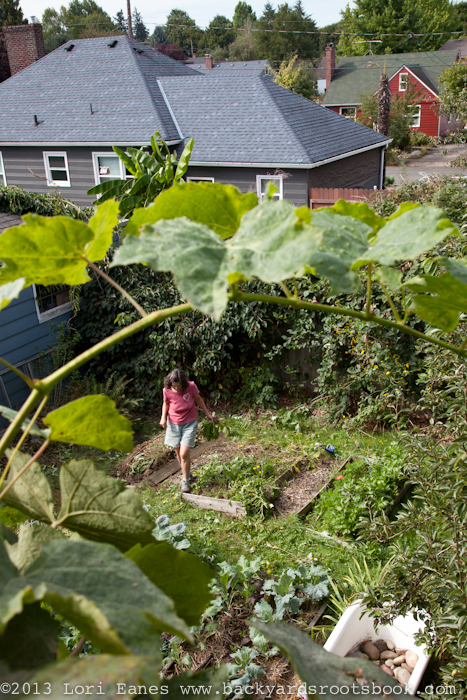
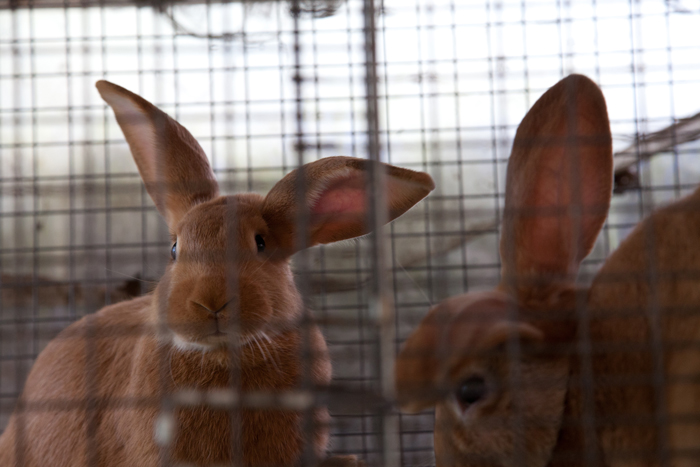
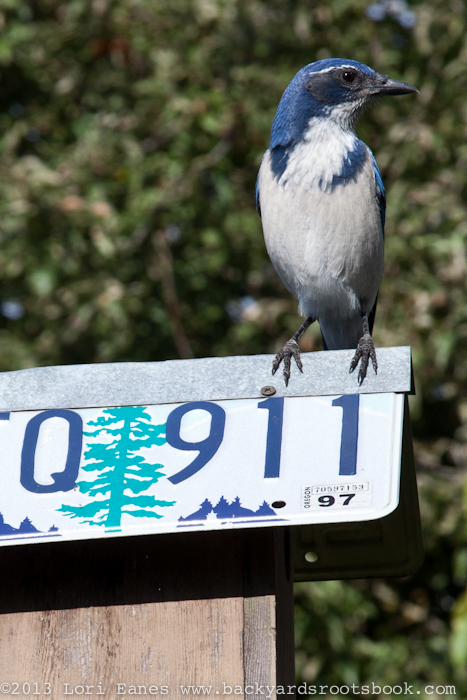

Hi, I’m trying to contact Connie Van Dyke and ither permaculture practitioners in the area. I am new to the area and have been a permaculture designer/consultant for the past 8 years. I am looking to connect with other permies in the area to see what we can do together to promote permaculture. Thanks!
Hi,
I’m working on creating an edible yard. I have been researching Pawpaw trees and am oddly fascinated with them and their history. I was sent your way for some guidance on how to grow one in my yard. Do I need two for cross pollination? I hear Sunflower doesn’t need a pollinator.
I am looking for a space on the south side that will have some shade from a large oak.
Thoughts or suggestions are appreciated.
Thank you
Beth,
I know why you want to grow paw paws – they are delicious!
Generally, paw paws grow in the southeastern US. They need hot, humid summers and cold winters. That said, I’d think you’d do “OK” in Portland – maybe – not really the right climate.
Yes, you need two, and not clones of the same plant. The problem is that the pollen is released at a different time than the stigma (the female receptive organ) “ripens”, thus the need for two trees flowering at different times.
These trees are a bit tricky, so be warned. Good luck and let us know how it goes if you go ahead.
-Ed
Hi Beth and Ed,
I haven’t tried growing Pawpaws (too cold in San Francisco) but Birgit Evans who I interviewed for my book was having luck growing them in Alameda, which is a lot warmer than SF.
So happy to find your site, as my daughter (9) has beocme chicken-obsessed! We have a suburban “micro-farm” in a subdivision, approximately .8 acres of land, with a homeowners’ association…so it will be quite interesting when we acquire our few chicks in the spring! Look forward to reading more of your site!
Wonderful paintings! That is the type of info that are supposed to be shared across the net. Shame on search engines for not positioning this submit higher! Come on over and consult with my website . Thanks =)